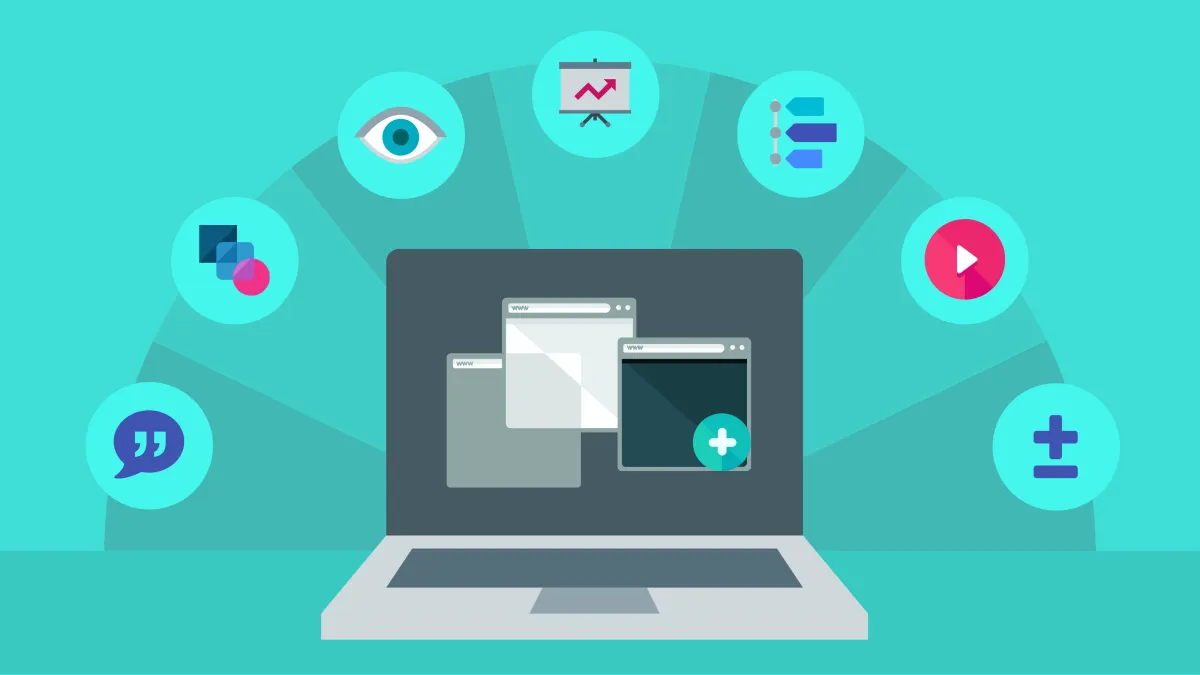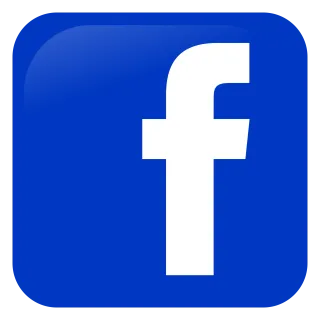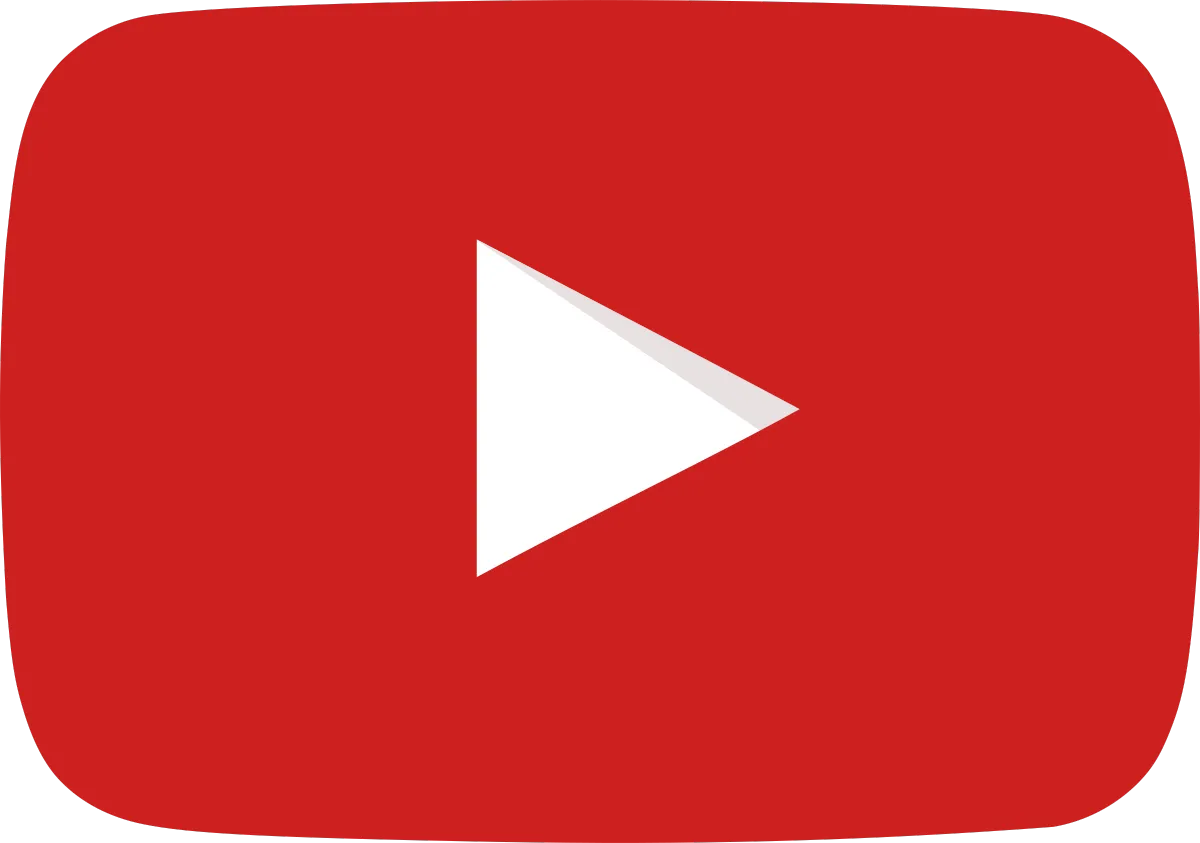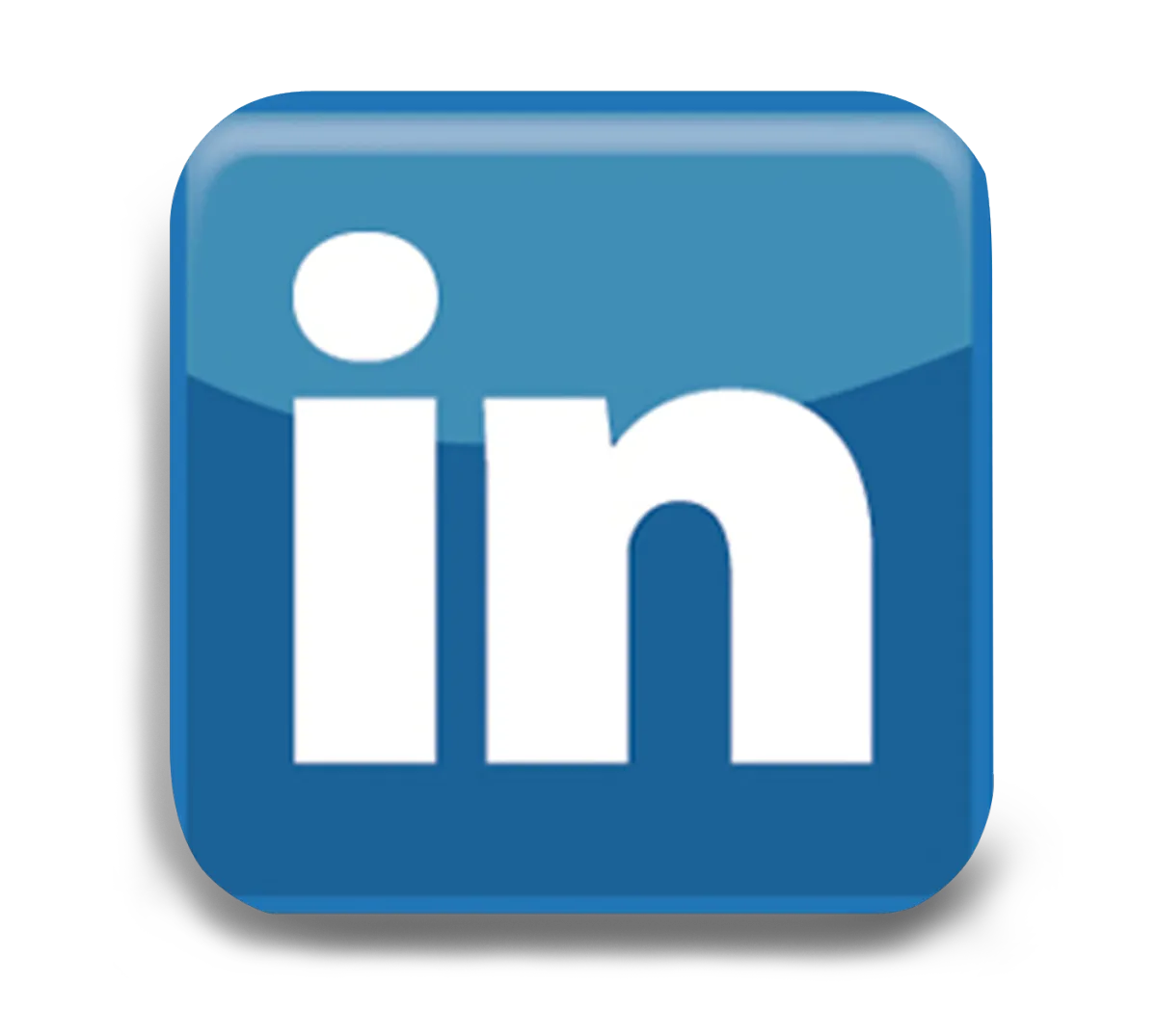Our Blogs
Feel free to browse around and check out one of the very best collections of informative and helpful writings on digital marketing, social media, advertising, lead generation, content creation, and more. Stay up-to-date on the very latest trends impacting our fast-changing world so you can continue to make a Higher Impact in your business, your community, and your world!

Landing Pages That Convert
Want to boost conversions on your website? Looking for a process to make a landing page that converts?
In this blog post, you’ll discover how to create sales pages that convert.
Why Landing Pages Matter for Social Media Marketers

You’re reading this on a website about lead generation and effective marketing, so you already know you can sell through social networks like Facebook, Instagram, YouTube, and TikTok.
Who needs landing pages anymore? Do they really matter if you have the right ads?
Well… yes.
Here’s why:
· Control. You have total control over the message, design, and context of your own landing pages. You don’t have to fit into anyone else’s format, obsess over the algorithm, or worry about brand safety.
· Conversions. Web traffic always costs. Sometimes you buy ads: you’re paying for traffic with money. Sometimes you drive traffic with social media or content: you’re paying with your time and effort. You need that investment to be repaid with real conversions, not just views and likes.
· Cost. A highly effective landing page will pay for itself, many times over. This landing page blueprint is quick and easy to create but you’ll see the benefits for a long time to come.
An Excellent Blueprint for High Converting Landing Pages
The perfect high converting landing page blueprint has just eight steps. We’ll start at the top of your landing page and work our way down:
1. The Hero Section
2. Problem and Solution
3. Benefits
4. Testimonials
5. Features
6. Play the Tape Forward
7. FAQs
8. Call to Action
When you put all of these sections together in the right order, you create a website with a clear, customized message.
You’d be amazed how many entrepreneurs skip these sections or say the wrong thing. Result: their customers don’t care about them. But this blueprint will have you creating landing pages that makes customers passionate about your brand.
#1: Landing Page Hero Section
The hero section is what makes or breaks your landing page. You have just seconds to get people’s attention. Tell them what you do, why it matters to them, and how they can access those benefits.
This landing page example from Wes McDowell’s website instantly explains his service, audience, and purpose.

Here’s what to include in your hero section:
· Headline. Start with a splash of big text that promises a specific result or transformation. Show people the amazing result they could achieve!
· Subhead. Next, fill in the story behind that transformation. Explain the method, content, or service that’s going to deliver on your promise.
· Call to action. Add a button immediately underneath. Choose a single action that you want people to take: sharing contact details, booking a call, downloading content, or whatever works for your sales funnel. Always use a specific phrase like “take the quiz now,” instead of generic calls to action like “learn more.” People are more likely to click when they understand exactly what’s going on.
· Three bullet points. Capture their imaginations even more with three bullet points that list positive outcomes. Think about what your customers want to achieve!
· Image. Landing page copy isn't the only key to successful landing pages. You also want to attract attention visually. So don’t show a boring headshot of yourself—show an image of your ideal customer achieving that desired result!
It’s also worth thinking about the size and format of the image you want to use. It should get attention without erasing the text.
The best route is to show the image as a full-width background image, with a transparent layer over the top for text. You could also split the page into columns, showing text on the left and the image on the right. Fun fact: most people will look at the left side of the screen first.
#2: Landing Page Problem and Solution
Congratulations! You got someone to stay focused during those crucial first seconds. They read the hero section and now they want to learn more.
Your next step is to talk about their main problem and how you’re going to solve it.
To do this, you’ll use the classic “pain, agitate, solution” framework:
· Pain. State the problem in a headline.
This page from Good Trading Co is a perfect example: the overall problem is described in one phrase, followed up by specific examples.

· Agitate. Then give a few examples of what that looks like in practice. Empathize with your audience and remind them of their pain points. Be descriptive and emotional.
· Solution. Finally, offer them a way to avoid that pain in the future. Use a transitional sentence like “It doesn’t have to be this way” or “We do things differently” to make the separation clear.
Then, straightaway, the same page offers solutions to all of those problems.
It’s OK to be negative here, just for a minute. You’re not bringing the customer down or ruining the sale; you’re empathizing and making an emotional connection. Remember, your audience is already feeling those pain points anyway!
The key to this section is understanding what your audience’s problems are. You need to really know your customer. If you can’t describe their biggest pain point off the top of your head, then here are a few places to start:
· Read customer reviews of your service and competitors in your niche.
· Talk to existing customers about their pain points and why they chose you.
· Use social listening to hear what people complain about to their networks.
Once you have that raw material, think about the specific emotions behind those complaints. For example, if lots of people complain about slow or buggy software, then the emotion you want to call up is frustration. And the solution you offer is ease.

You might already have covered some of this ground in your hero section. That’s fine! Most people skim-read websites so it’s OK to repeat ideas, phrases, and keywords.
#3: Landing Page Benefits
Chances are that you have competitors in your niche. There’s more than one person out there offering to solve your customers’ problems.
So what makes your offer unique? Why should someone choose you over the competition? What's your value proposition?
It’s time to talk about benefits: the things that only you can offer.
To be clear, we’re not talking about features yet. You have a course with 12 expert-level video modules? Great! Your audience doesn’t care. They can become world-class experts in just 4 weeks? OK, now they’re interested.
Get into the benefits by thinking about why your existing customers love you. Keep asking why. This way, even if your benefits aren’t unique, you’ll still be speaking more empathetically and meaningfully than the competition.
Why do your customers want to become an expert in 4 weeks? So they can grow their business fast. Why do they want to do that? So they can increase sales. Why do they want to increase sales? For financial freedom… and so on.
This landing page from the Marketing AI Institute focuses on three main benefits for members.

Once you know which benefits you want to talk about, present each one in a three-piece format:
· Title the benefit with a few powerful words.
· Write a sentence describing the feature that makes it possible.
· Add a photo or graphic to sum it up visually.
#4: Landing Page Testimonials
You can’t operate in 2023 without social proof on your website. That’s it. It’s that simple. Can you even remember the last time you watched a movie, picked a restaurant, or bought a product without checking the online reviews first?
The good news is that reviews, testimonials, and other forms of social proof are the one kind of content that you don’t have to create yourself. You just have to find them!
Aim to get a few solid testimonials that speak to a specific pain point, outcome, or common objection. You’ll need to curate these. Search for them carefully and then edit them down to just the crucial phrases.
This landing page from Chase Chappell illustrates a customer testimonial with data.

It can be tricky to find good testimonials. One surefire route is to contact customers directly and explain why it means so much to your business.
Then, instead of asking for written testimonials, set up a brief interview with you. They’ll have the chance to tell their story and you can edit the content later. Just be sure to email them the final text for approval before it goes live.
You can also have a dedicated reviews page elsewhere on your website. But for this landing page, just choose the cream of the crop. You don’t want to overwhelm readers or distract them from your main sales message.
#5: Landing Page Features
Great work! Your audience is still reading! Next step: it’s finally time to focus on the specific features of your service or offer.
Why now? It’s all because of the way people make decisions.
Most of us make buying decisions based on emotions or our gut. Then we put together a list of logical reasons to justify our decision after the fact.
On this landing page, you’re setting up content that guides people through that process. We’ve talked about the big promise, problems, benefits, and social proof—all things with emotional power. Now we’ll use features to justify your customers’ decisions logically.
Aim to list about 10 or 12 features, although you can go up to 20 if you really need to. It depends on what you’re selling and who you’re selling to.
Describe the features with a reversed version of the format that you used for benefits:
· Title the feature with just one to three words.
· Write a sentence describing the benefit that it creates.
· Add a photo or graphic to sum it up visually.

You can also compare your features to competitors at this point with a checkbox table. If you want to do this, you don’t even need to name the competitors—just have two columns for “our service” and “other providers.” It’s a powerful, visual way to stand out and get customers over the line.
#6: Landing Page Play the Tape Forward
With the features out of the way, we switch back to emotions. Time to seal the deal!
This step is deceptively simple and short. It only takes a couple of sentences.
Tell your audience what will happen if they take action now and what will happen if they don’t. Paint an emotional picture of the two futures in front of them. Then let them make the decision.
This landing page from School of Bots ends with a killer quote from Natasha Willis.

#7: Landing Page FAQs
Next to last, your landing page should have three to six FAQs.
If someone’s made it this far, they’re interested in buying from you. That’s a given. But they might still have questions, hesitations, or objections.
That’s why you have a short FAQ section that specifically targets purchase objections. You might have a separate, in-depth FAQ page elsewhere on your website that’s geared toward customer service and support. But right here on the landing page, it’s just about closing the sale.
Use each question to raise an objection and then rebut it.
This FAQ from Dana diTomaso’s website uses questions to qualify leads, handle objections, and speak with the customer’s voice.

You can also use this section to qualify leads. Your offer isn’t for everyone and that’s a good thing. That’s how profitable niches work. It’s better to be honest with your audience than pretend your service is something it’s not.
#8: CALL TO ACTION
A prospective customer has made it ALL the way to the bottom of your page... They're seeing you as something of a "hero" - they identified with the pain points you brought up and see that you (or your company) offers real solutions - you've made the experience an emotional one (albeit sub textually, as most people filter right through fluffy copy) - they've seen that others trusted you and had an amazing experience - they have a broad understanding of the features and benefits of your offering - you've handled potential objections before they can raise them... You've done it all as well as can be anticipated... DON'T LEAVE THEM THERE!
ADD A CALL TO ACTION AGAIN!!!
Too many landing pages force a prospect to scroll back somewhere to find the call to action... Take advantage of the opportunity presented by someone scrolling your ENTIRE page! It's the psychology of the sale most often missed by marketers - let them say "yes" when they're good and ready... And by the time they get to the bottom of your landing page, they should be good and ready!

Whether you’re trying to build a landing page for the first time or rethinking your current strategy, we’re here to help. Reach out to our team to dominate the competition with powerful and effective landing pages that convert.
Ready To Elevate Your Business?
There's never been a better time than NOW to make a Higher Impact in your own business!
Have more questions?
Connect with us!
Message us below to see how we can help you thrive!



